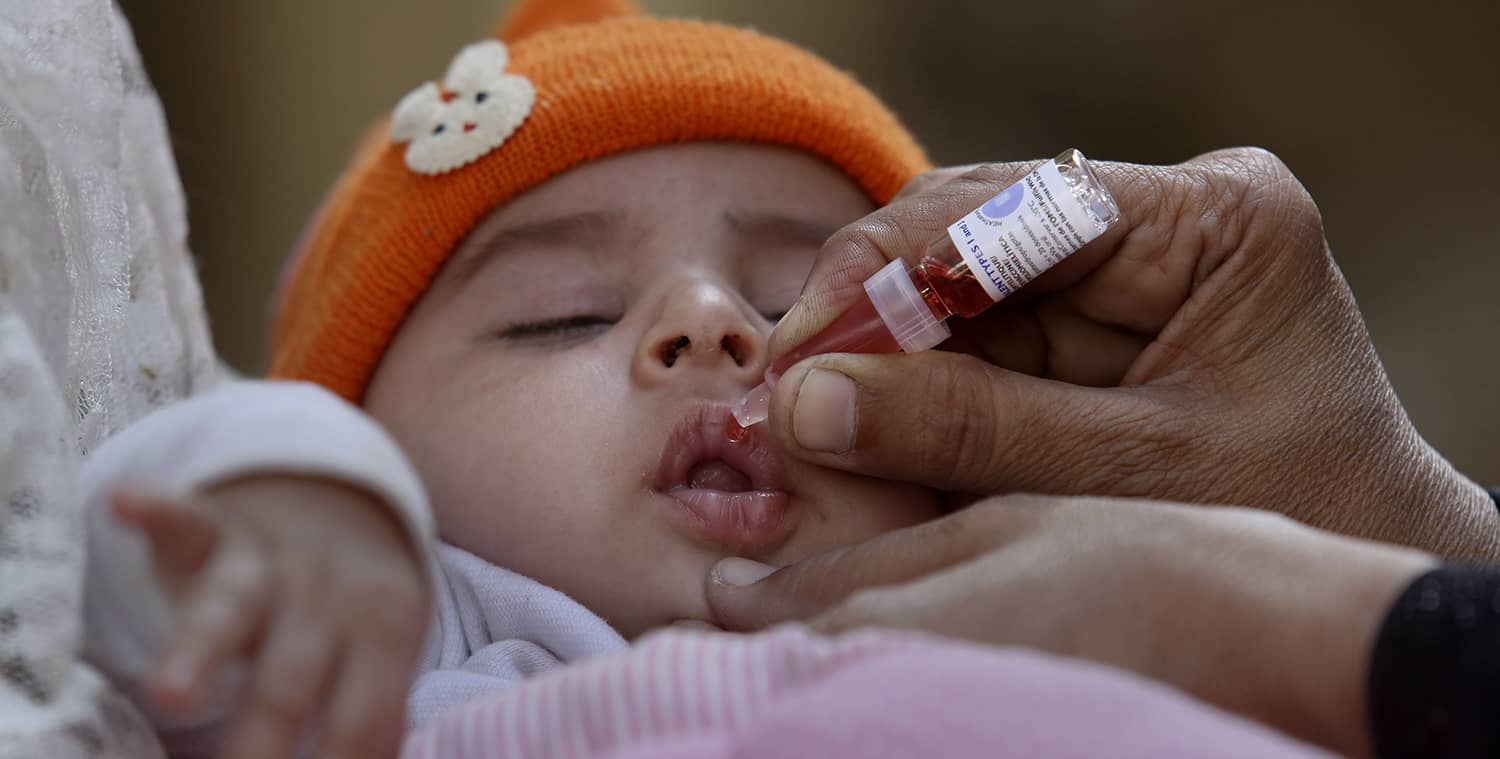Poliomyelitis can cause disability, it is usually asymptomatic, the virus that causes polio lives in the saliva, mucus and feces of infected people. This favors its spread and makes vaccination campaigns the only effective control method.
The polio vaccine that is used today is the Sabin type, that is, the oral one.
This vaccine consists of dropping a few drops in the mouth of children; this dose must be repeated after a few months for the vaccine to be fully effective. Specifically, the dose should be inoculated for the first time at two months of age, then at four months, at six-12 months, and a last booster dose at four-six years of age.
The clinical signs and symptoms are not very specific, so it is difficult to reach a diagnosis of poliomyelitis if a child comes to the doctor in the subclinical stage of the infection. In any case, the most important piece of information to suspect the presence of the disease is not having vaccinated the child correctly. If a child is well vaccinated against poliomyelitis, the risk of contracting it is nil and it never has to be a diagnostic possibility.
In 0.5-1% of cases, polio causes paralysis of the nervous system, which can be more or less extensive, causing muscle weakness or atrophy and sometimes deformities.
There is no effective treatment for polio, one can only wait for the disease to pass and for the sequelae it leaves to be as few as possible, as long as the brain and spinal cord have not been affected.
In the most severe cases of poliomyelitis, the paralysis can be permanent or even the virus can cause death by paralyzing the affected person’s diaphragm and causing respiratory failure.
The only method of disease control is vaccination.
The transmission of the poliovirus uses the same route as any other enterovirus: hand-mouth-ano contact. That is, the virus is eliminated mainly through feces or saliva, which can easily come into contact with the hand, and thus is passed from person to person. One method to prevent the spread of poliomyelitis is to maintain correct hygiene measures, with frequent hand washing, waste control, avoiding human organic manure on crops, etc.








